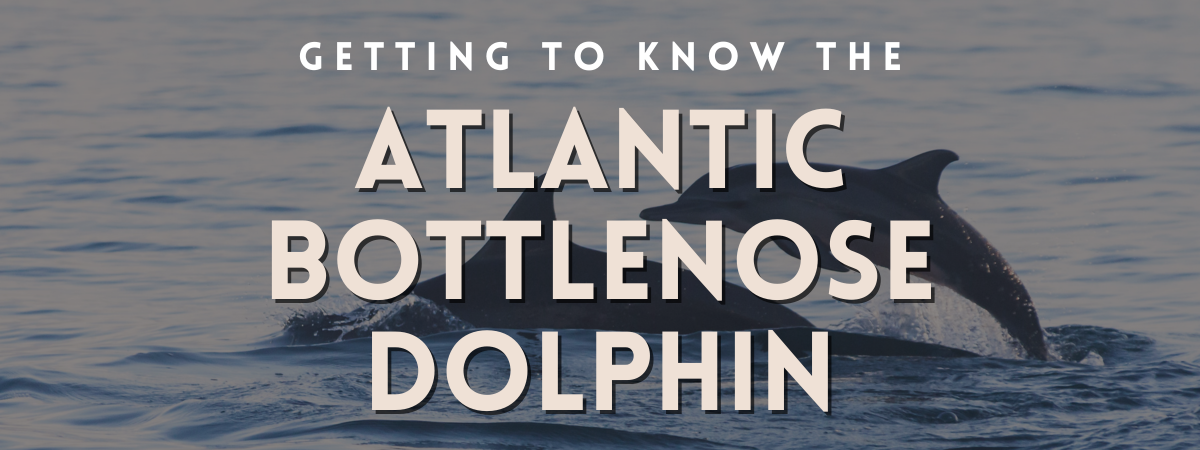Picture this: you’ve been sitting in your beach chair reading a book or watching kids running past you as they try to fly a kite, and you spot movement on the other side of the crashing waves. You see it again. A dolphin! Not one, but two—no, three! The pod is playfully swimming along the coastline and you can’t believe your luck. Quick, get the camera!
It’s always exciting when you spot dolphins. So much so, that one of the most popular activities for visitors on Hilton Head Island is to spend an hour or two on a dolphin cruise. Still in search of the perfect cruise for your group? Read our helpful guide to help you choose.
If you see a dolphin during your time on the island, it’ll be an Atlantic Bottlenose dolphin. But did you see a local dolphin or a tourist? We’re not joking! Let us explain: just as there are locals that live on Hilton Head Island, there are local dolphins as well. That would only mean that there are “visiting” or migratory dolphins who visit the area on their way up north in the spring and south during the fall.
One of the most common species of dolphin found worldwide, they’re normally called Common Bottlenose, or just Bottlenose dolphins. These charismatic creatures are found both offshore and in coastal waters. There’s good news and bad news about how close Bottlenose dolphins can live to shore. The good news is, we can view and study them a lot easier. The bad news is, the closer these dolphins live to us, the higher the risk of accidents including injuries and even death due to human activity.
You might spot a singular dolphin, or you’ll spot a group. To communicate with each other, they have special whistles and clicks, and these clicking noises are used during echolocation, and can be projected at a rate of thousands per second. Incredibly smart, Bottlenose dolphins are known to work together to corral fish up along the shoreline before beaching themselves and dining on their catch of the day. This is called “strand feeding” and Hilton Head Island is one of the extremely few spots in the world where this occurs.
Fun Facts About Bottlenose Dolphins:
Diet:
- They eat fish, squid, shrimp, and crabs
- Bottlenose dolphins tend to have anywhere from 72-104 teeth
- Even though they have teeth, they don’t chew. They hold the fish in their teeth and swallow it whole. This way, the spines don’t get stuck in their throats.
Age:
- Average life span is 45-50 years
- Female dolphins can live to 60 years or more
- Calves will stay with their mothers for up to 6 years
Size:
- Average size is 10-14 ft.
- Bottlenose dolphins can weigh 330-1,400 lbs.
Misc.:
- They can swim at top speeds up to 20 mph
- Bottlenose dolphins can jump out of the water almost 30 ft in the air
- Want to hear what they sound like? Click here to listen to a clip from The Marine Mammal Center:
Want to Adopt-a-Dolphin?

Here’s your chance: the Coastal Discovery Museum and the University of South Carolina Beaufort’s Lowcountry Dolphin Conservation Program are partnering to offer you the opportunity to Adopt-a-Dolphin and learn more about how to protect the Atlantic Bottlenose Dolphins that call Hilton Head home.
There are two levels of adoption, the Visitor and the Local. Both come with photographs, monthly updates, a certificate of adoption, and either a souvenir or t-shirt. By adopting your dolphin, you’re primarily helping to support dolphin research, as well as other educational programs and exhibits that allow the Coastal Discovery Museum to teach visitors and locals alike about dolphins and other local wildlife.
Click here to learn more or Adopt-a-Dolphin today!
Resources:



